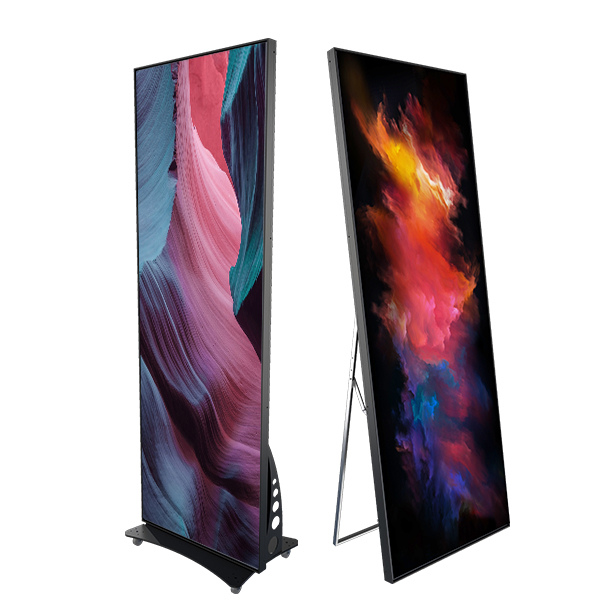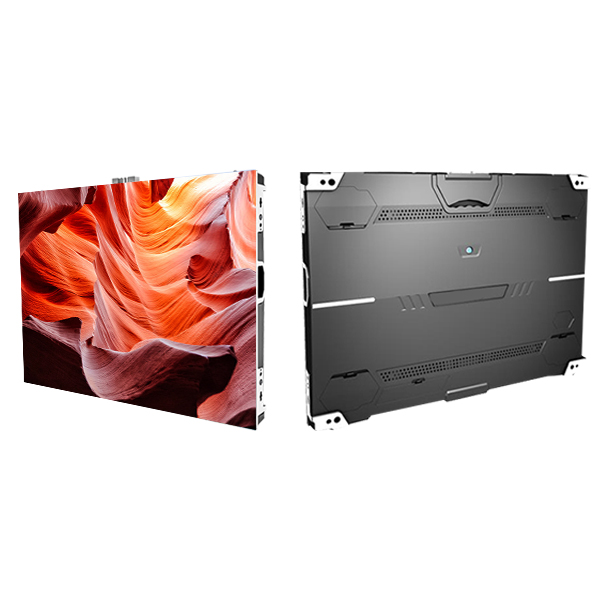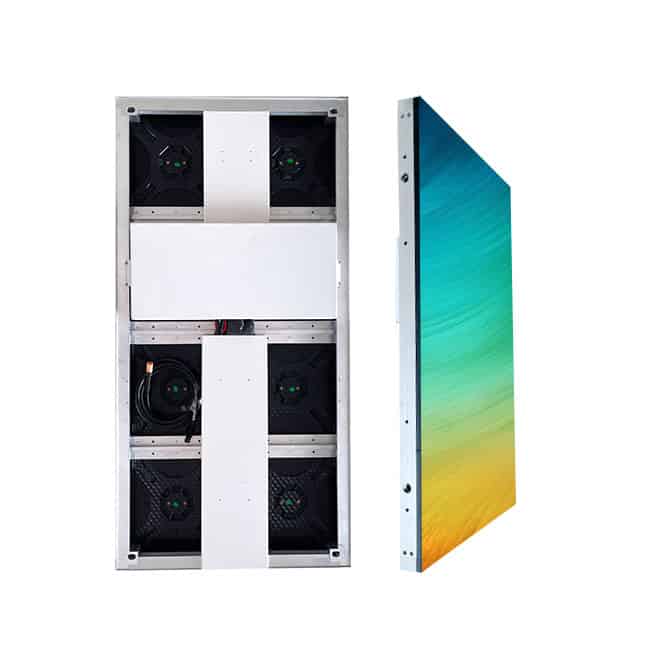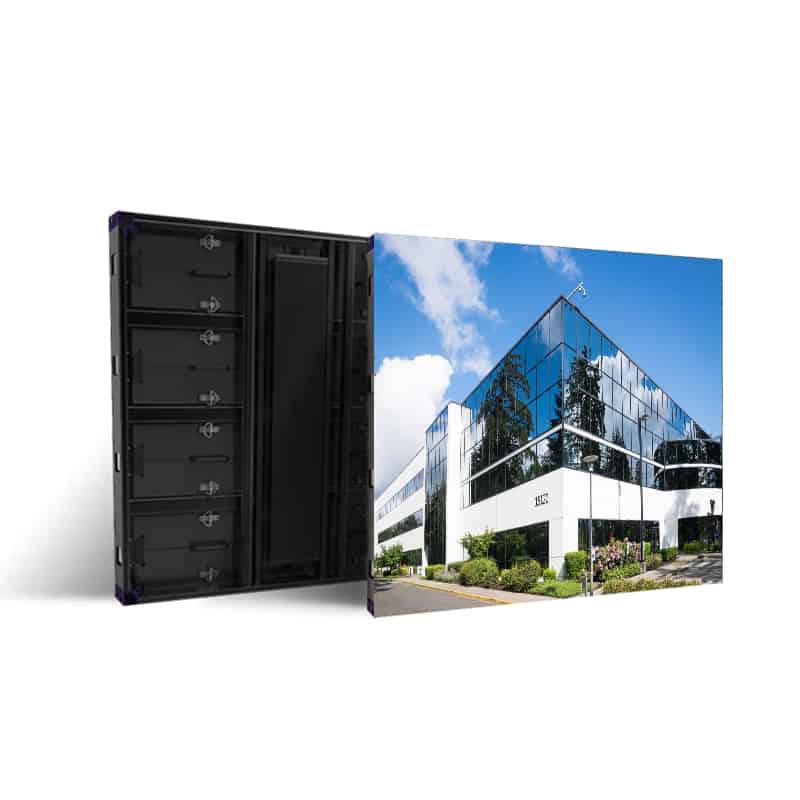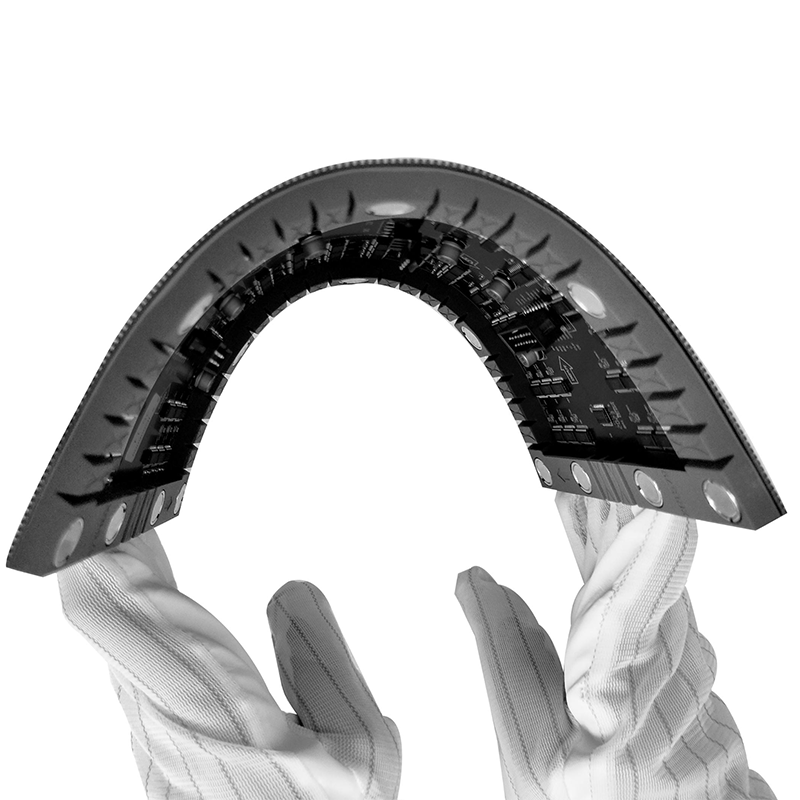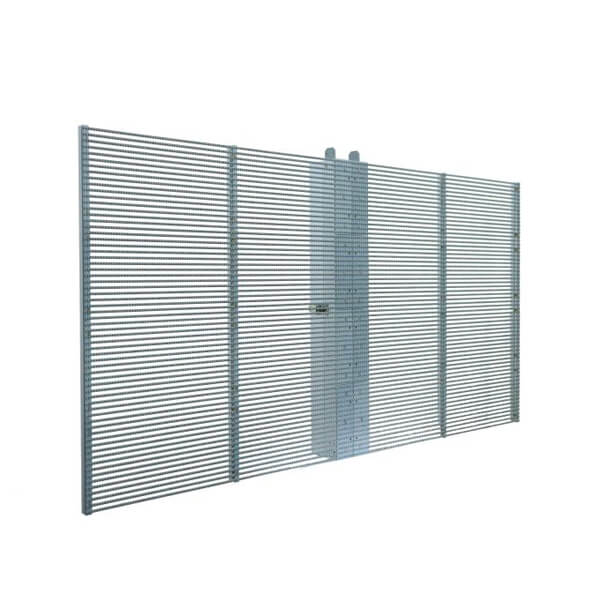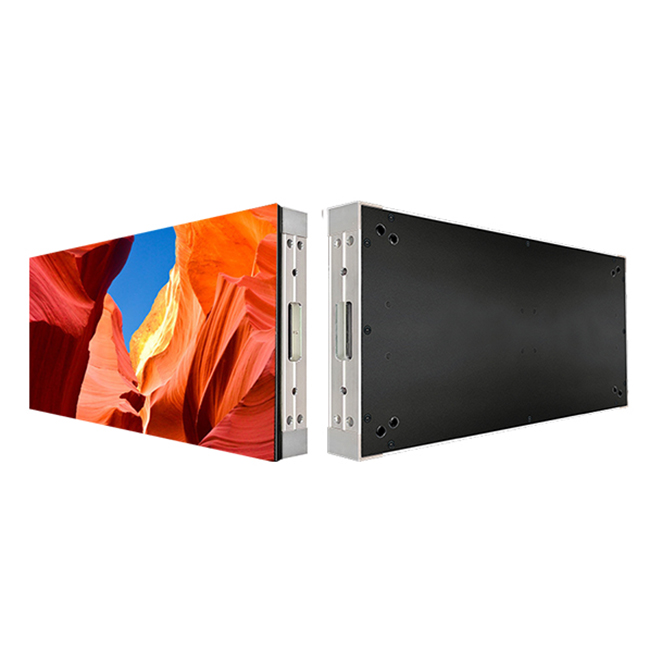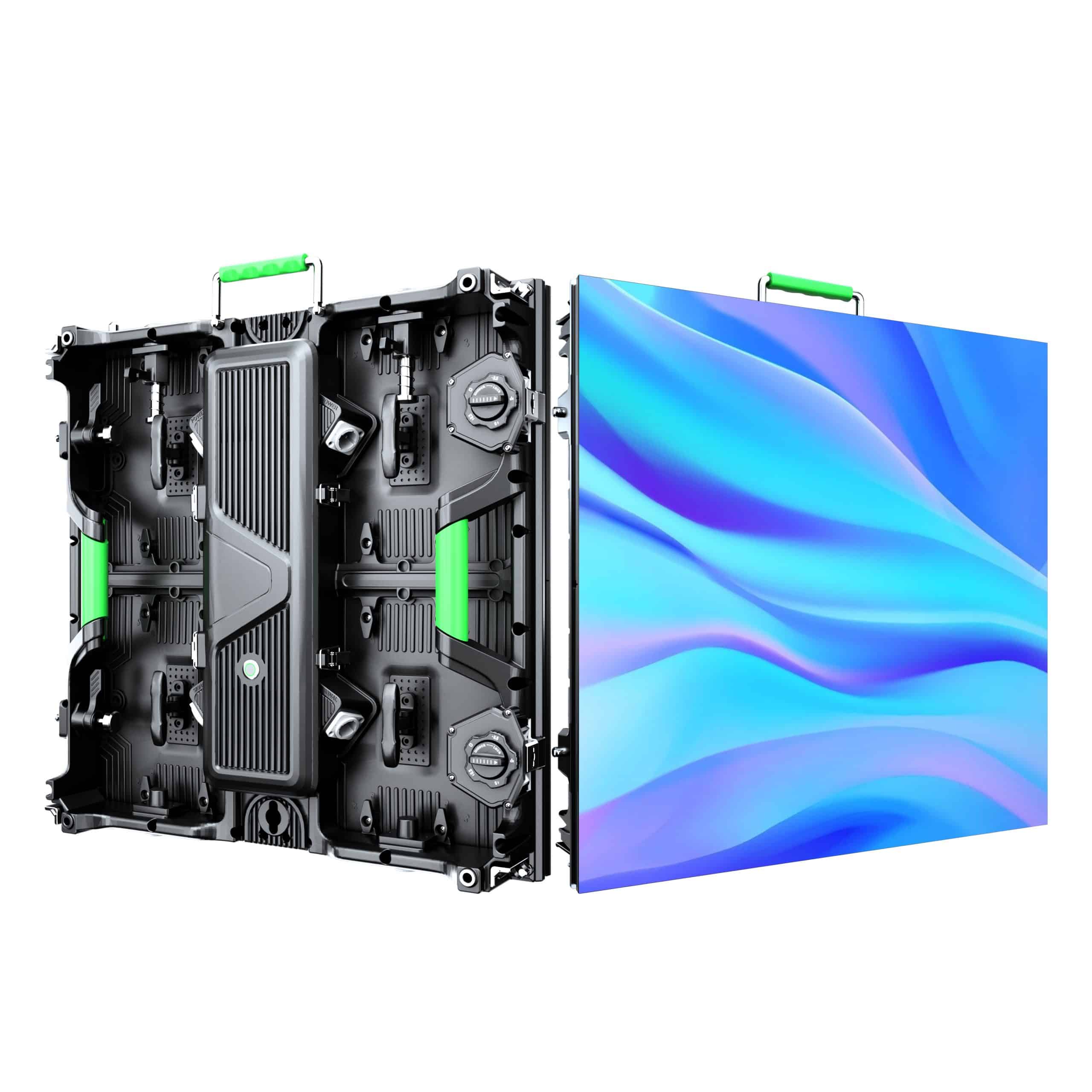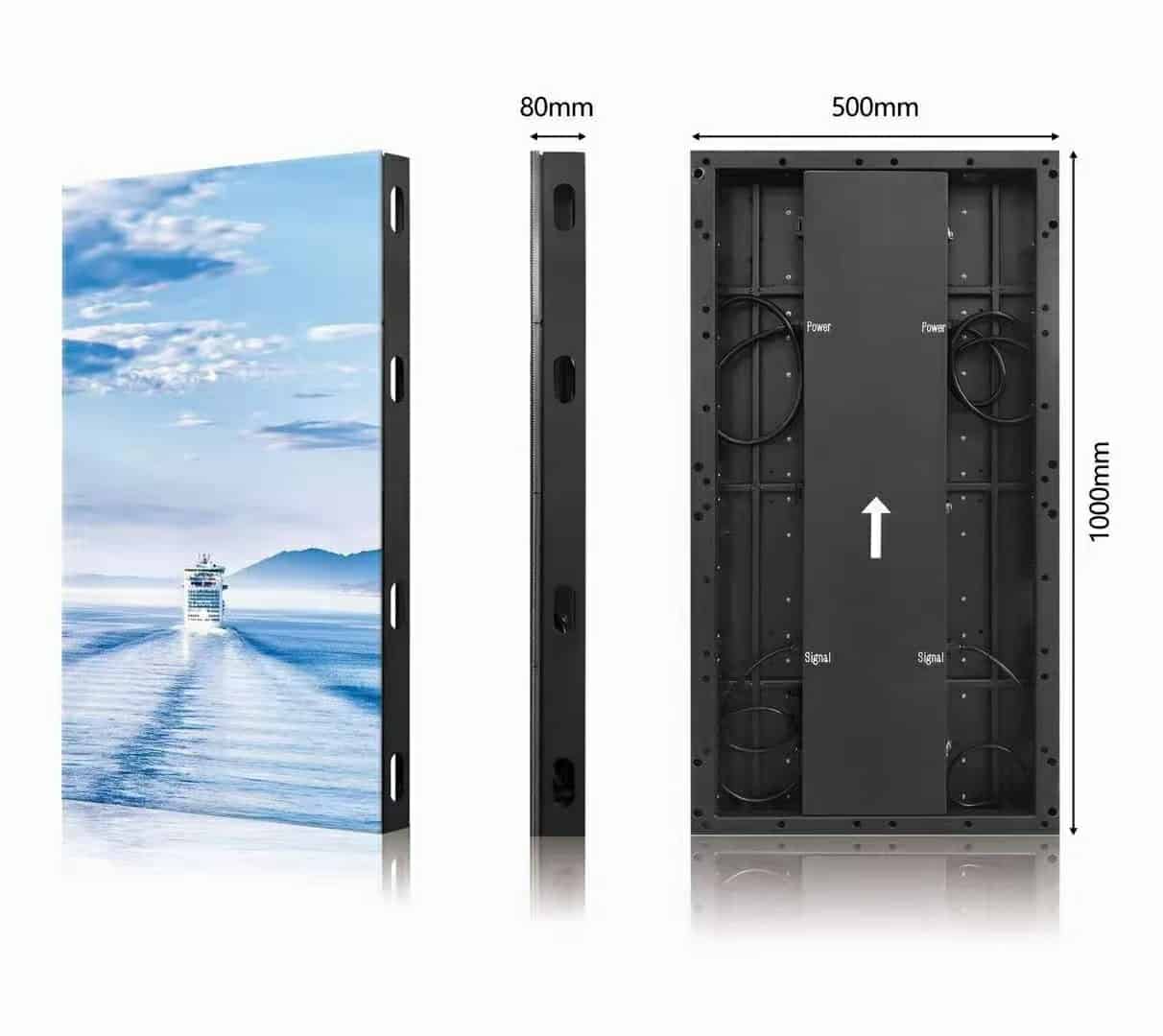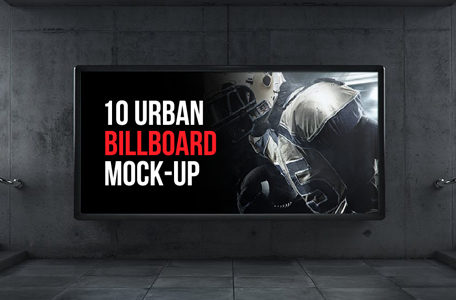How to keep indoor full color led display screen safe in sever temperature?
How does an LED screen react to freezing temperatures?

Before buying indoor full color led display screen, they often ask questions about how harmful the moisture that gets on the surface of devices during rains and snowfalls is. Buyers are afraid that the screen, which has stood in the off-season and winter, will become unusable and will need to be replaced.
And getting a new display every year is too expensive. We will tell you everything that the owner of the screen should know about the effect of precipitation on LEDs and other elements of the device.
Moisture impact on indoor full color led display screen
If the indoor display is exposed to a shower, it will break in the next few hours. Water will penetrate into the structure and provoke a short circuit, after which the screen will stop turning on or display the picture correctly. Outdoor displays are more resilient.
They adapt to contact with moisture, so they feel comfortable both in the rain and in a blizzard. A water-repellent coating must be applied to the surface of the screen, thanks to which the device works without interruption in any weather.
Negligent manufacturers offering indoor full color led display screen at cheap prices may neglect such protection. Therefore, before you buy flexible LED screen or a classic display, take a look at the docs that come with it. They indicate in what conditions the device can be operated so that it works flawlessly for decades.
How does an LED screen react to precipitation and freezing temperatures?
Frost
Most indoor full color led display screen label for use at -30 ° C. However, this temperature is typical only for the central regions of Russia. In Siberia, for example, the thermometer often drops to -40 ° C and can stay at this mark for weeks. Can LED screens be common in such conditions? Manufacturers answer this question positively.
In subzero temperatures, displays feel comfortable. While the components of the device are in operation, they become hot. The heat generated by them is retained by the metal case of the modules.
How to keep indoor full color led display screen safe in sever temperature?
Thanks to the housing and heating of the elements, it is possible to maintain a dry and warm microclimate inside the cabinets. Everything changes when the screen is turned off. LEDs, control panels and electricity providers stop heating up and moisture builds up inside the cabinets. Due to the low outside temperature, moisture freezes and the device breaks down. This reaction forces screen owners to operate them around the clock when the temperature reaches -40 ° C or -50 ° C.
Keep indoor full color led display screen safe from Cold
As long as the displays are on, it is completely safe from the cold. Therefore, it is undesirable to turn it off at night or for several hours at subzero temperatures. If the screen is installed where it can only be operated during the daytime, leave it in stand-by mode overnight.
In fact, it will continue to work, but it will not show the picture and illuminate the space. The elements of the device will generate less heat than if they were working at full strength. However, this is enough to keep the screen from freezing.
The screen does not turn on in cold weather. What to do?
If you nevertheless turned off the display for several hours when the temperature was below -30 ° C, do not rush to sign the death warrant to the device. Try to revive it with electric heaters. Turn them on for half an hour – an hour and set them so that they warm up the rooms.
After the time has elapsed, start the device. 99 times out of 100 you will succeed. If warming up does not change anything, you will have to contact the service department.
Features of content for indoor full color led display screen
When a business owner decides to purchase a display that will broadcast advertisements for his establishment or product, he thinks about the characteristics of the device. This is important; however, the effectiveness of the impact on potential customers / buyers does not depend only on the performance of the screen.
Equally important is what is shown on your high-quality, moderately bright display. We will reveal a few secrets, following which you will be able to look differently at advertising and understand what is worth saving and what is not.
Advertising quality of indoor full color led display screen
In the search for the best screen, it is often forgotten that the quality of the device must correspond to the quality of the information displayed. A poorly designed video in bad colors and with a meaningless text component will look equally bad on a simple screen and on the most sophisticated screen.

If the ad is executed flawlessly, it will affect people, even if it has to be broadcast from a display with average technical indicators.
If funds are scarce, do not skimp on advertising production. A low-quality video will be useless, no matter what screen it is displayed on. It is much more reasonable to get a simpler model instead of the largest, brightest screen with high resolution. But order advertising from indoor full color led display screen specialist who will make decent and effective content.
Features of content for LED screens
Screen options
Most advertisers want their videos to be filled with vivid details and complex effects. And all because it looks spectacular from the screens of monitors and televisions. Such “chips” look a little differently on LED displays. The resolution, illumination and contrast of the image vary, which is why the video on each of the displays is perceived in its own way.
A competent designer takes this into account when developing an advertisement. Only taking into account many factors, a specialist can create a product that is positively perceived by the consumer.
Preferred colors and fonts for indoor full color led display screen
Contrast transitions look the most successful and attractive from LED screens – pairs of bright, diametrically opposite colors. The best are the combinations of black and white, black and yellow, white and blue, yellow and blue, green and white.
Small lettering and images are best left for TV commercials. Large objects that occupy more than 50% of the area look good on the LED screen. It is preferable to use fewer words and write them in serrated fonts.
Duration of video on indoor full color led display screen
Real mini-films are often made for television. They differ from ordinary videos by a more complex plot, an abundance of meaning and an unexpected ending. It is not difficult to hold attention while watching these ads: they are shown at a time when the relaxed viewer is sitting on the couch and enjoying dinner or chatting with family.
Consumers of advertising display on indoor full color led display screen are in a slightly different position. They rush on business and glance at the display just because they notice a bright, moving picture. Therefore, advertising on such media should be short, capacious and striking. Leave plots for mini-films that you order when you advertise on TV.
How do media facades differ from conventional LED screens?
Even 30 years ago, it was difficult to imagine that advertisements would be displayed on the walls of buildings. Today this has become possible thanks to media facades and LED screens.
Both those and others are gaining popularity, and therefore are increasingly located in high-rise buildings and business centers. Are there any differences between these types of outdoor advertising devices? Let’s figure it out.
Integration into architecture
The media facade makes it possible to hide the flaws of the structure and improve its appearance. The more space the media facade takes, the easier it is to change the appearance of the building with its help. These organic structures also serve as lighting fixtures. Multicolored rays transform streets and help make the city more elegant and attractive.
LED screens have much less possibilities. They cannot improve the appearance of the object and make its architecture original. Only large screens provide good lighting.
Transparency in indoor full color led display screen
In order for sunlight to enter a building decorated with a media facade, we can make the display more or less transparent. This solution allows you to create comfortable working conditions for the staff of a shopping or business center. Moreover, it comes without abandoning the display of advertising on a large screen.
Indoor full color led display screen are opaque. They do not let the rays of the sun through, and therefore are placed on those parts of buildings that do not have windows.
Ease
Media facades are much lighter than conventional LED screens. They do not damage the wall covering and cannot cause them to collapse. For the installation of media facades, trusses are used, thanks to which the structure is placed at a short distance from the outer walls.
How do media facades differ from conventional LED screens?
The size
The larger the display, the greater the weight. Due to the impressive weight, installation problems arise. Heavy screens are not suitable for placement on brick, aerated concrete and wooden buildings. The lightweight design allows for displays that completely cover the entire building.
Security
Media facades are much thinner than classic LED screens, so they come with additional anti-vandal protection. Thanks to it, structures can withstand shocks, wind loads and other external influences.
An LED display covering the entire building façade is more vulnerable. A strong blow is enough to damage it.
The cost of indoor full color led display screen
In comparison, LED screens win in this parameter. They are cheaper and can be purchased from any LED technology company. The price of a media facade is higher than the price of a regular screen. This is one of the reasons why LED designs are more popular than their oversized counterparts.
Brightness
Indoor full color led display screen are of high brightness. The images broadcast by them are visible even in bright sun. Media facades cannot boast of this. Devices with minimum brightness (4500 cd / m2) give good images in the dark. During the day, the information they broadcast looks less impressive.
Image quality
Indoor full color led display screen have a lower resolution than conventional LED screens. The minimum pixel pitch for a media facade is 15 mm. Because of this, the image quality also varies significantly.


